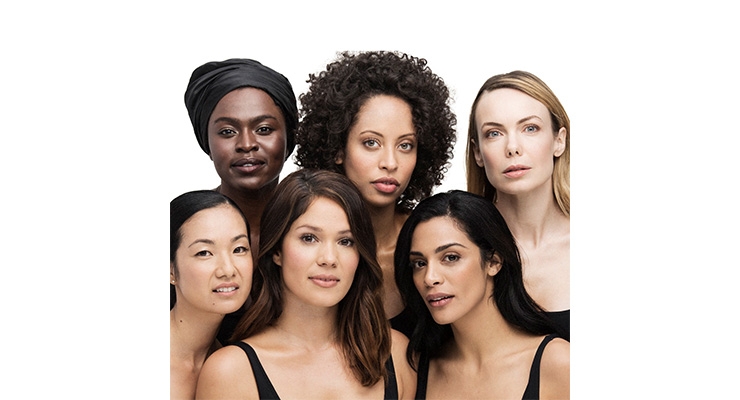Ildiko Szalai, Senior Beauty and Personal Care Analyst, Euromonitor International01.11.18
The premium segment remains the growth engine of the global beauty industry; it is forecast to generate one third of the $63 billion absolute global value gain over the 2016–2021 period, according to Euromonitor International. Future growth will be driven by a range of interconnected consumer megatrends, such as premiumization, healthy living and digitalization.
International players and heritage brands face increasing competition from local companies, alternative business concepts and start-ups. However, these challenging factors also fuel all strategic directions of major companies, including frequent acquisitions, research partnerships and more aggressive internal developments. Euromonitor International’s “Key Strengths and Weaknesses of Top Global Beauty and Personal Care Companies” white paper presents the current industry landscape, highlighting the top 30 beauty and personal care companies and what they are doing to maintain or improve their position on the leaderboard.
The Shift Towards Premiumization
Premiumization no longer refers only to a higher price tag. Added experience, unique ingredients and formulations, sustainability credentials and ethical values all contribute to higher quality perceptions. Technology is at the forefront of this behavioral shift, with devices, digital platforms and science evolution facilitating consumer awareness, health tracking and vetting brand and ingredient authenticity.
Skin Care Leads the Industry
Premiumization and a focus on healthy living have resulted in skincare greatly impacting the beauty industry. Consumers are more willing to spend on high-quality skincare solutions and tap into the luxury market. Additionally, updated messaging and branding to address a spectrum of consumer needs helped eliminate skincare stigmas.
Large-Scale M&As Create Significant Shifts
The move toward more expensive products is pushing mass brands in the premium direction as more consumers seek the quality and results associated with high priced formulations. While global mass color cosmetics and skincare remain stronger than the premium segment, predicted to add $6 billion and $12 billion in absolute gains, respectively, the key regions of North America and Western Europe reveal a healthier outlook for the more expensive segment.
Smaller Brands Increasing Competition
A flux of mergers and acquisitions by larger, heritage brands has resulted in the expansion of the premium beauty space. Additionally, with the emergence of new brands, products and concepts, the battle for consumers’ attention and dollars has been more difficult. Established and emerging market companies must continue to refine strategy and innovate to ensure they are appealing to changing consumer interests and that they are able to stay ahead in an ultra-competitive marketplace.
Download Euromonitor International’s “Key Strengths and Weaknesses of Top Global Beauty and Personal Care Companies” white paper here.
See Beauty Packaging’s annual report on the Top 20 Global Beauty Companies.






























